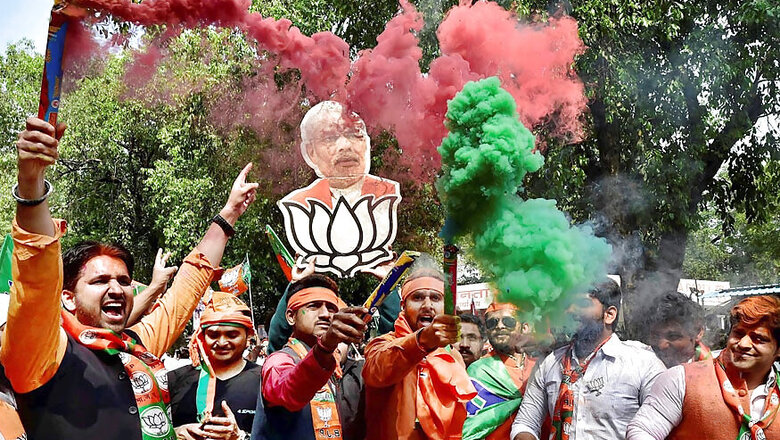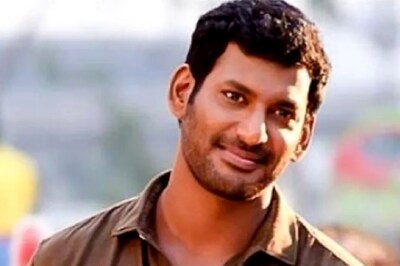
views
Lucknow: A lot was said about ‘tactical Muslim votes’ just before elections. Being a sizeable 19% of the population and natural counterweight to the BJP, Muslims were wooed as a block by every non-BJP outfit.
But an interesting set of numbers from the Uttar Pradesh poll results show how, just like the 2014 elections, the community did not lend its weight to any one party.
There were a lot of claimants for Muslim votes in UP, from the Bahujan Samaj Party (BSP), which fielded over 100 Muslim candidates, to the Samajwadi Party (SP) which has for long enjoyed patronage of a sizeable chunk of Muslims, to Owaisi's AIMIM whose popularity among Muslim youth is increasing rapidly.
As numbers suggest, each of these parties divided Muslim votes among themselves, in various proportions, allowing the BJP to surge ahead.
In more than two dozen seats, the division of Muslim votes benefited the BJP. Even in communally polarised areas of Muzaffarnagar and Shamli, the minority community scattered its votes between the BSP and the SP-Congress alliance.
This is a clear indication of Muslims choosing the Samajwadi Party-Congress alliance over the BSP, even after the latter fielded around 100 Muslim candidates, which is the highest ever in UP by any mainstream political party since Independence.
The other interesting detail that emerges out of these numbers is the BJP’s astounding growth in areas with higher Muslim population.
In the same 140 seats in 2012, the BJP had secured only 27 seats, while the SP had won 72, the BSP 27, the Congress bagged 11, and the RLD had secured one seat.
The other much talked about phenomenon in these elections was Mayawati’s Dalit-Muslim alliance. This seems to have failed completely as only five Muslim candidates out of total 99 fielded by the BSP could win their seats.
The SP had given tickets to 57 Muslims, of which 17 won, while the Congress fielded 22 Muslims, of which only two won.
But the success rate of Muslim candidates was substantially better in the previous elections. In 2012, of the 78 Muslim candidates fielded by the SP, 43 had won, while of 85 Muslims fielded by the BSP, 16 had emerged victorious. The Congress gave tickets to 62 Muslims and only four won. Two Muslims candidates won on Quami Ekta Dal tickets.
At the end of the polls, out of 403 seats, only 24 Muslim candidates could win UP state assembly elections. Despite constituting one-fifth of UP's population, this time there will be a drastic drop in their representation in the state Assembly with only 24 (6% of the total 403 seats) candidates from the community winning elections.
To get an idea about how skewed the representation of Muslims is in this UP Assembly, take the case of elections held in 1991, the year of Ram Janmabhoomi movement when the BJP came to power in UP for the first time with absolute majority.
And talking of records, in the last Assembly elections in 2012, 69 Muslim candidates were voted to power. Their representation (making up 17.12%) in the Assembly was the highest ever since Independence, and for the first time reflected their proportion in the population.
This was an improvement from 2007 when 46 Muslim candidates (which made 11.90% of the Assembly) were elected to the Assembly.


















Comments
0 comment